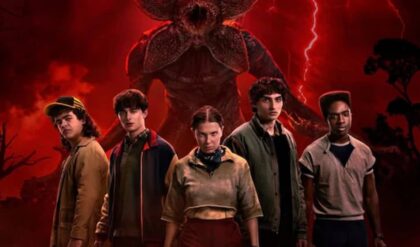Black Myth: Wukong’s clever flip on a Soulslike tradition proves that Game Science is as deft as its protagonist when it comes to crafting an experience.
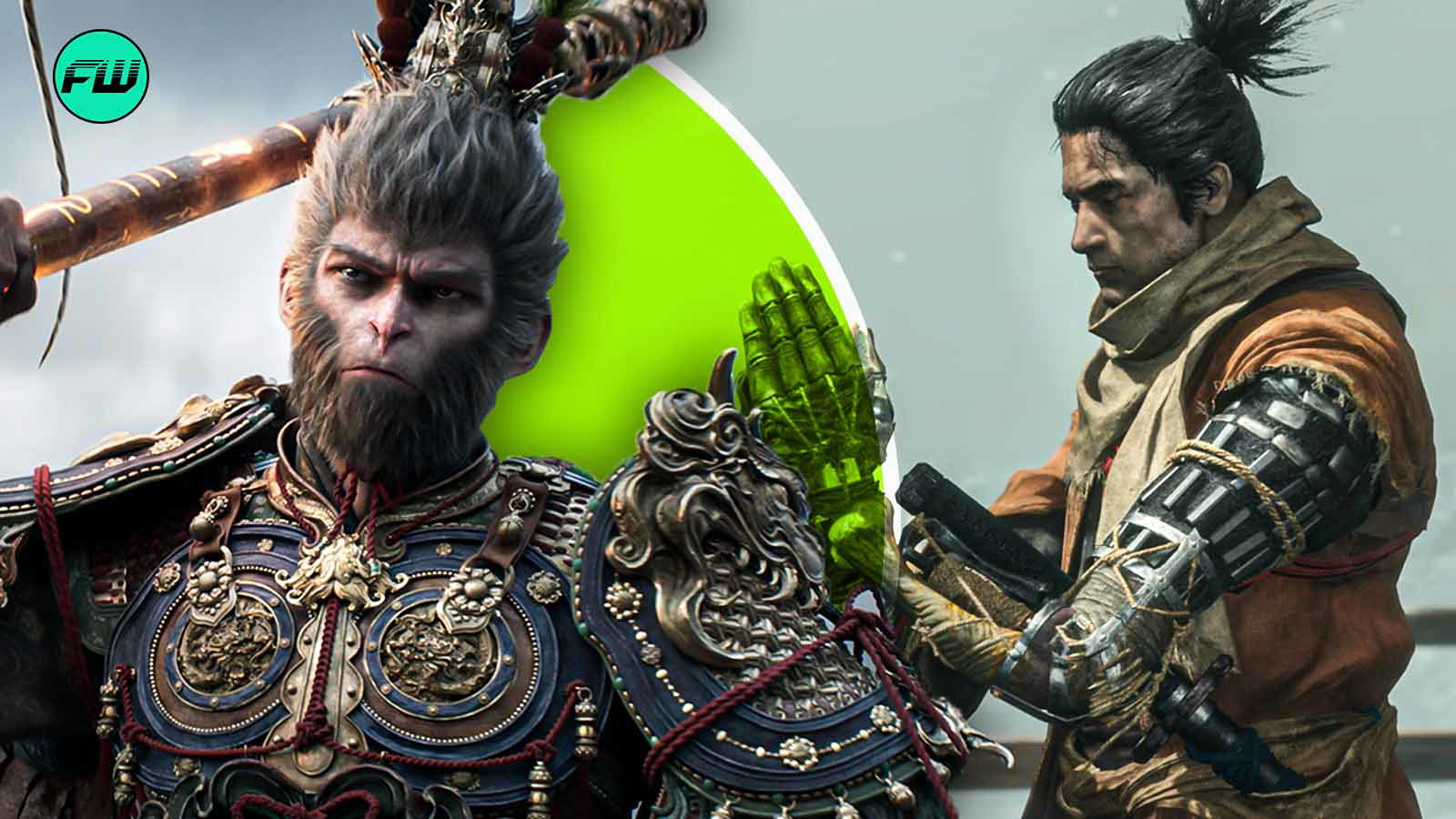
It’s safe to say that Black Myth: Wukong is a hit. In an outstanding debut on the AAA gaming scene, Game Science has managed to take on a genre that other new developers may hesitate to tackle considering FromSoftware and Hidetaka Miyazaki’s dominance over it.
Black Myth stands out from other Soulslikes with a narrative steeped in Chinese lore while its gameplay borrows the best of Miyazaki’s work while eschewing a mechanic that I must grudgingly admit has outstayed its welcome.
Black Myth: Wukong Is a Soulslike as Intelligent as Its Protagonist
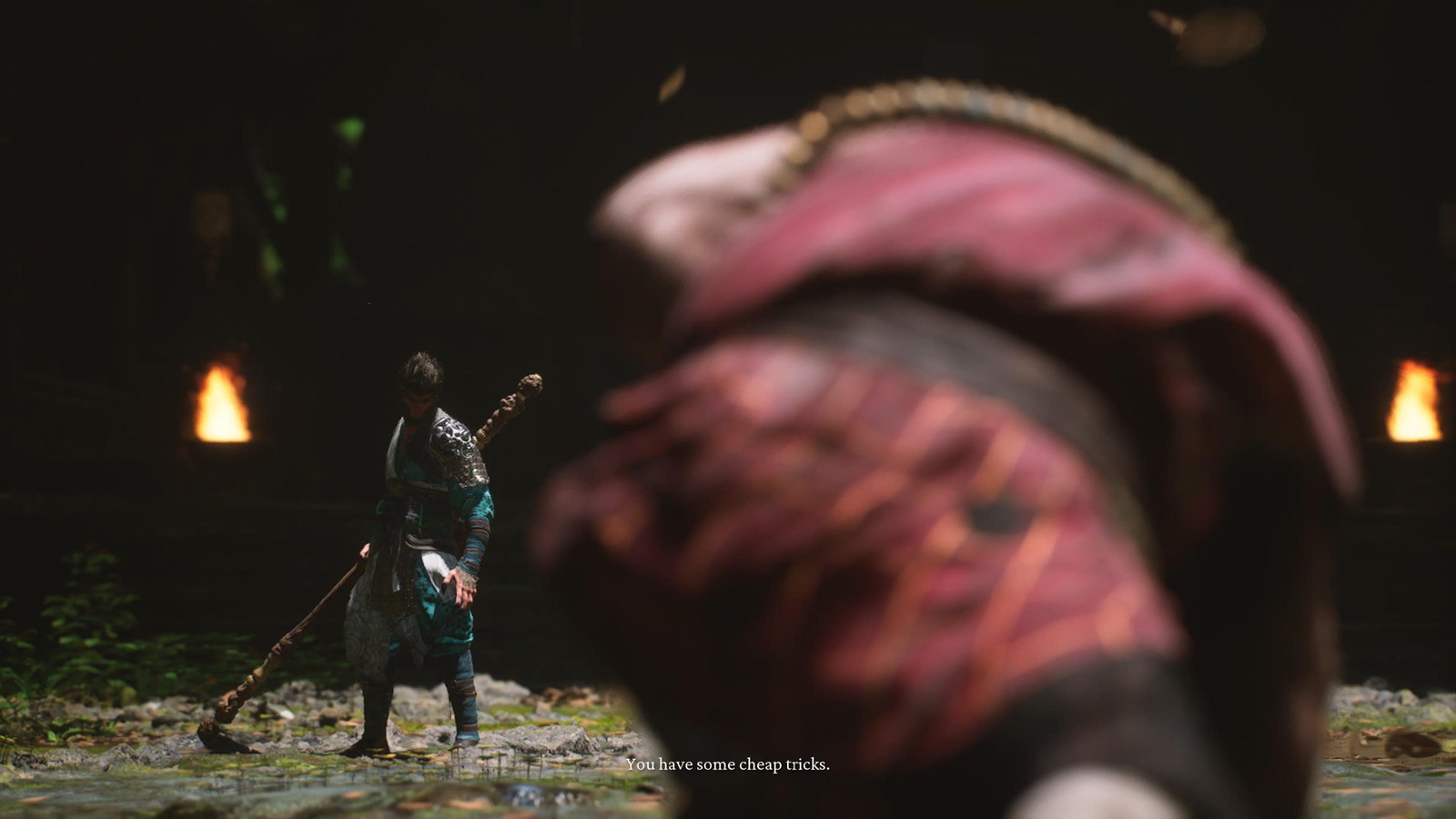
⛶
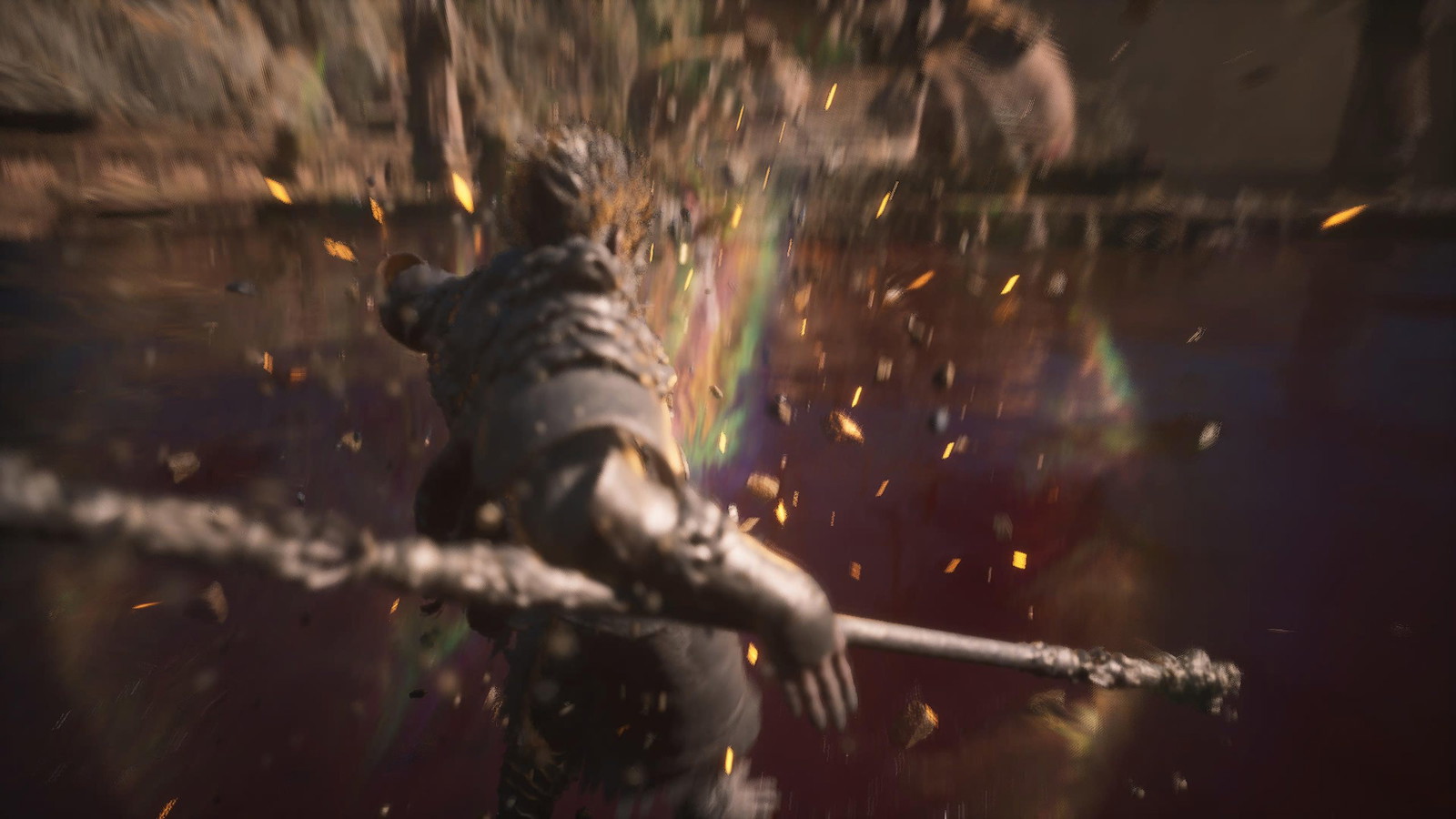
⛶
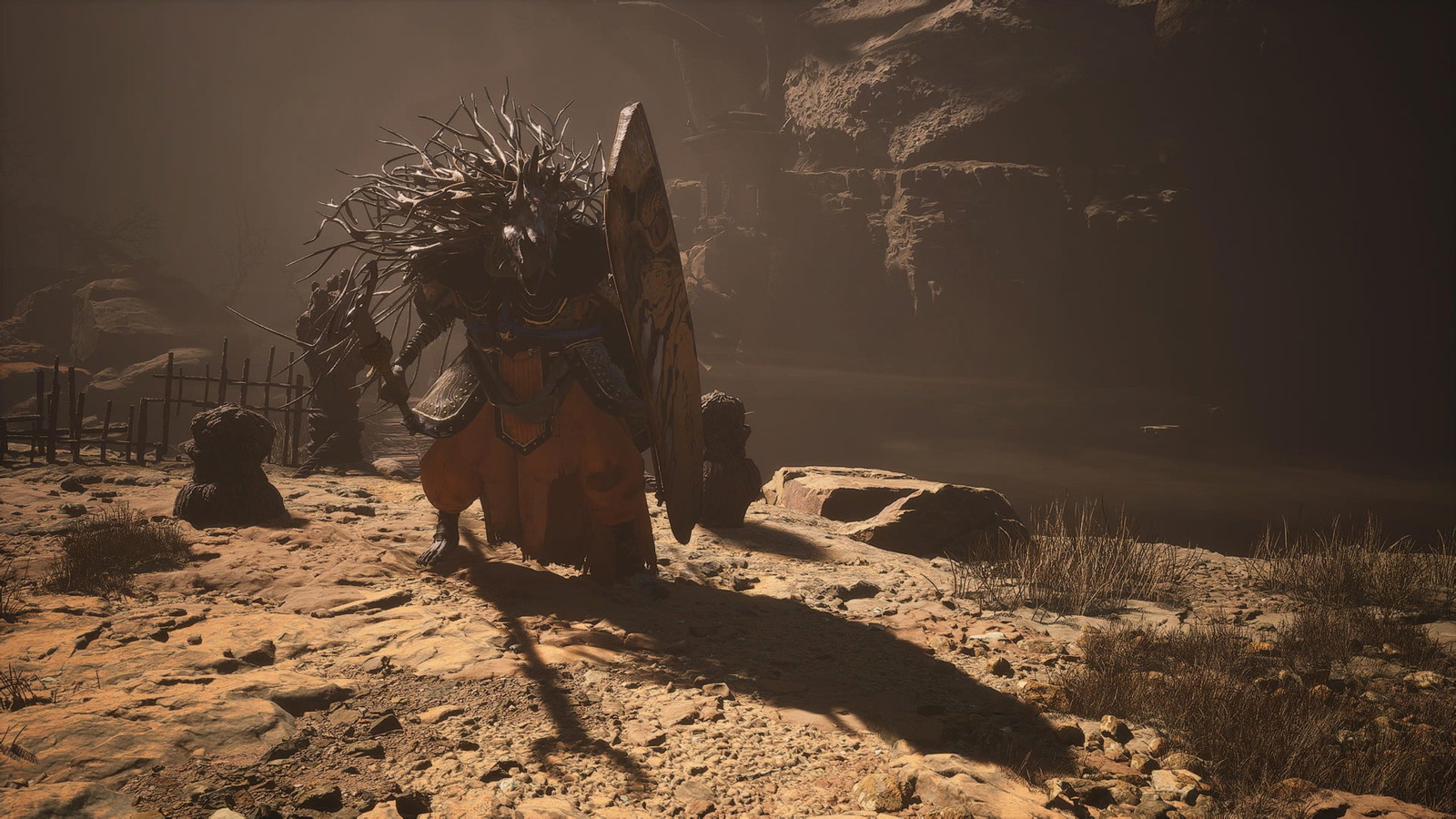
⛶
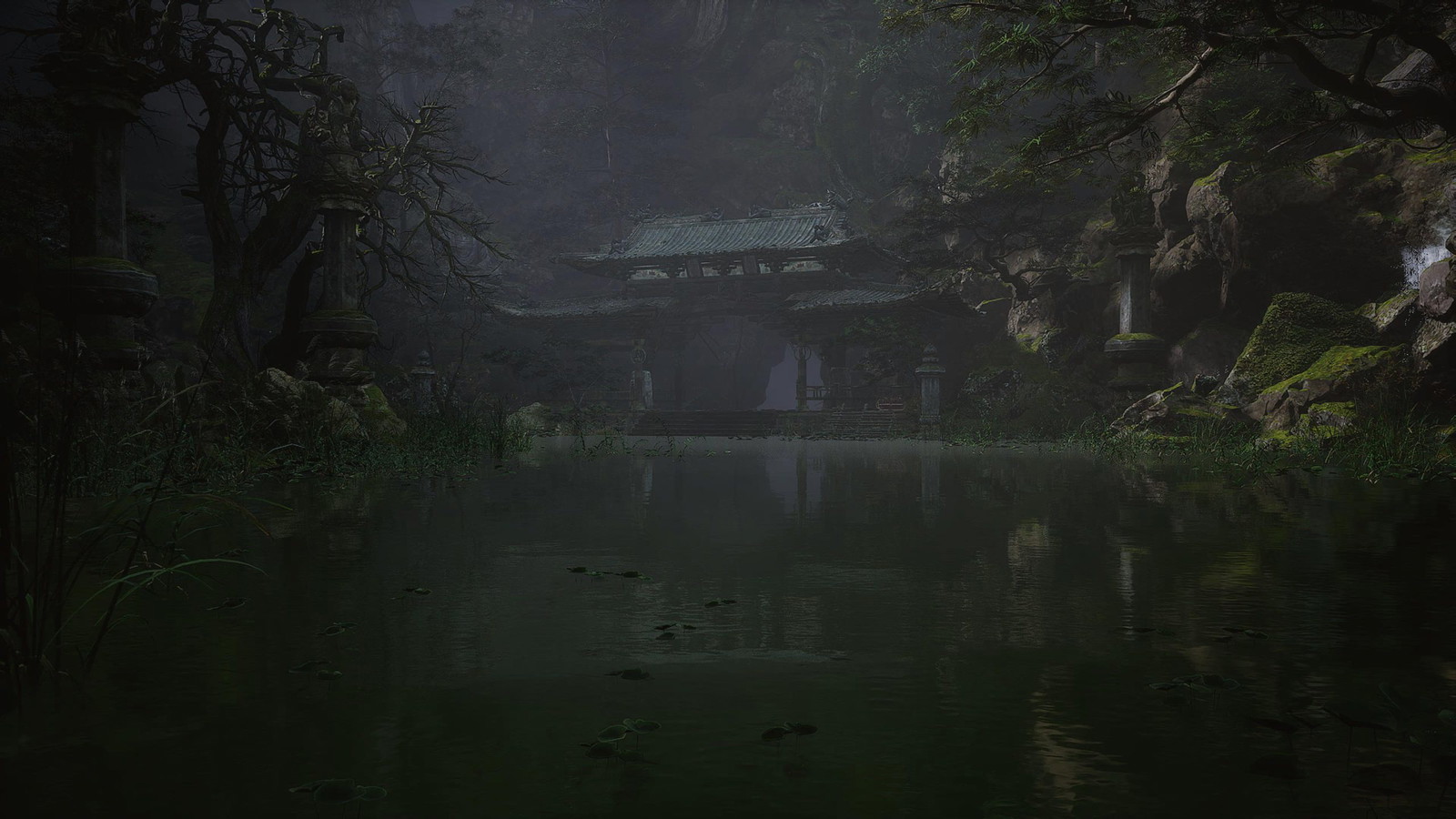
⛶

⛶





It is evident that Game Science, a Chinese studio that has worked on Black Myth for nearly six years, has translated its passion for Chinese literature into an experience designed for a global audience – a remarkable feat for a studio’s first title.
When I first heard of the game, I was impressed by its gorgeous visuals while remaining carefully optimistic about its gameplay. I expected another generic Soulslike with a few twists of its own that would stick to the risk-reward mechanics that Miyazaki is known for in games like Bloodborne or Sekiro.
Stepping into the shoes of the Destined One after a visually and narratively spectacular opening sequence, I assumed my suspicions were true after the first few enemies I encountered crumbled to the ground after an onslaught from my staff.
I was quickly proved wrong, however, by the first field boss I encountered, who summarily tore apart my health bar and sent me back to the last Shrine at which my Destined One had respectfully deposited a strand of their hair.
But what surprised me was that all of the experience and currency I had gathered on the way remained safely tucked away – a departure from Soulslike traditions that had me scoffing at my screen after my many deaths in Shadow of the Erdtree.
Only the Best for the Monkey King’s Descendant
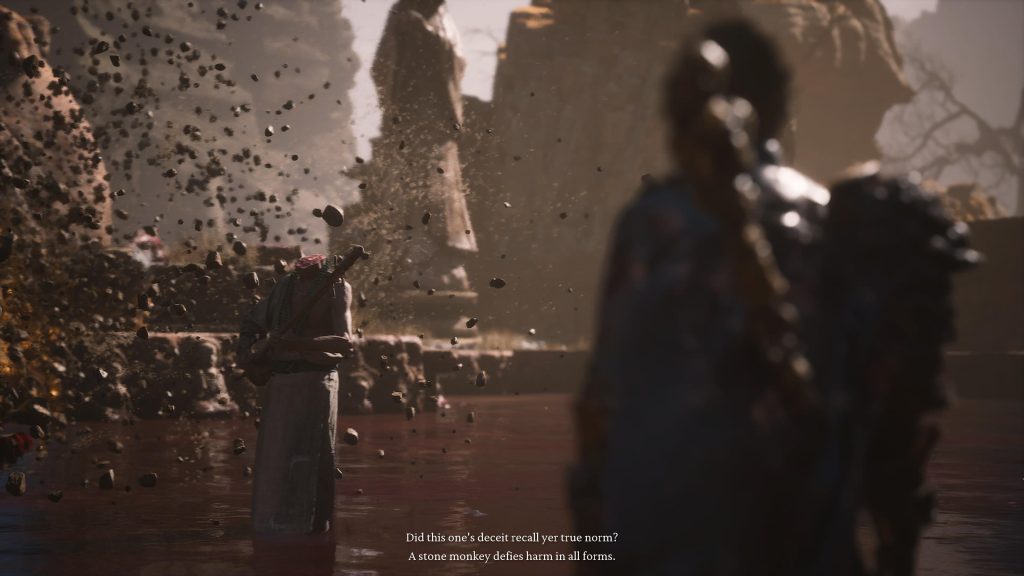 Black Myth: Wukong blends Chinese mythology and modern gameplay with style and substance.
Black Myth: Wukong blends Chinese mythology and modern gameplay with style and substance.
A diehard Soulslike fan like myself would argue that not losing your hard-earned XP when you die takes away a lot from an experience meant to test your skills to the limit. I missed the risk that comes with taking on a tough enemy with no healing potions left and nothing but the tools at my disposal to try and scrape a victory.
But Game Science’s approach soon had me taking on bosses with a grin on my face in place of my usual concentrated frown. For the first time in a Soulslike, I was having fun!
It’s no surprise that Black Myth has been phenomenally successful since it made its way into gamers’ hands. I believe that part of its allure is the fact that newcomers to the Soulslike genre finally have an option that doesn’t punish them for attempting to take on a rather steep learning curve from a game meant to crush their spirit from the get-go.
That doesn’t mean that Black Myth is a pushover, far from it! I found myself lying prone on the ground as my soul left my body more times than I’d care to admit after an ill-timed dodge or a foolish attempt to deal damage with my charged attacks. Every boss must be carefully studied for weaknesses to exploit and windows of opportunity to deal massive damage to them.
The game demands that you adapt to the situation at hand, using every tool at your disposal in an attempt to get ahead of your foes. My issues with the rank-and-file enemies being too easy evaporated from the minute I set foot into the game’s second chapter with a few enemies that continue to give me problems despite unlocking a fair share of the game’s wide range of unlockable upgrades.
I wonder what Miyazaki would think of Game Science’s decision to let its players hold on to their hard-earned XP. I believe he would at the very least consider relenting on his tradition, given that the resulting experience liberates players in many ways.
For starters, it removes the need to grind out populated areas of the game’s world in order to farm the XP you need to level up. It also provided the scope for progressing through the game while throwing myself at a challenge that was beyond me until I could “get gud”, making for a better approach to the game and elevating the experience instead of taking away from it.
I wonder what other titles like Nioh 2, Mortal Shell, Thymesia, and so many others would have been like if they too had made such a simple change. Would they have been able to attract a wider audience as a result? Or would they have alienated the players they were made for?
Game Science has showcased a trait that the Monkey King would certainly approve of – daring to challenge the status quo. It was a risk that has paid dividends for the studio and its new fans as they tear through their foes with reckless abandon and glee, knowing that failure is only a part of the process and a stepping stone to success.
The ball is in Hidetaka Miyazaki’s court as he ponders on his next project – and Black Myth: Wukong is sure to inspire the legendary director to greater heights.
What do you think of Black Myth’s take on the Soulslike formula? We would love to hear your thoughts in the comments!
